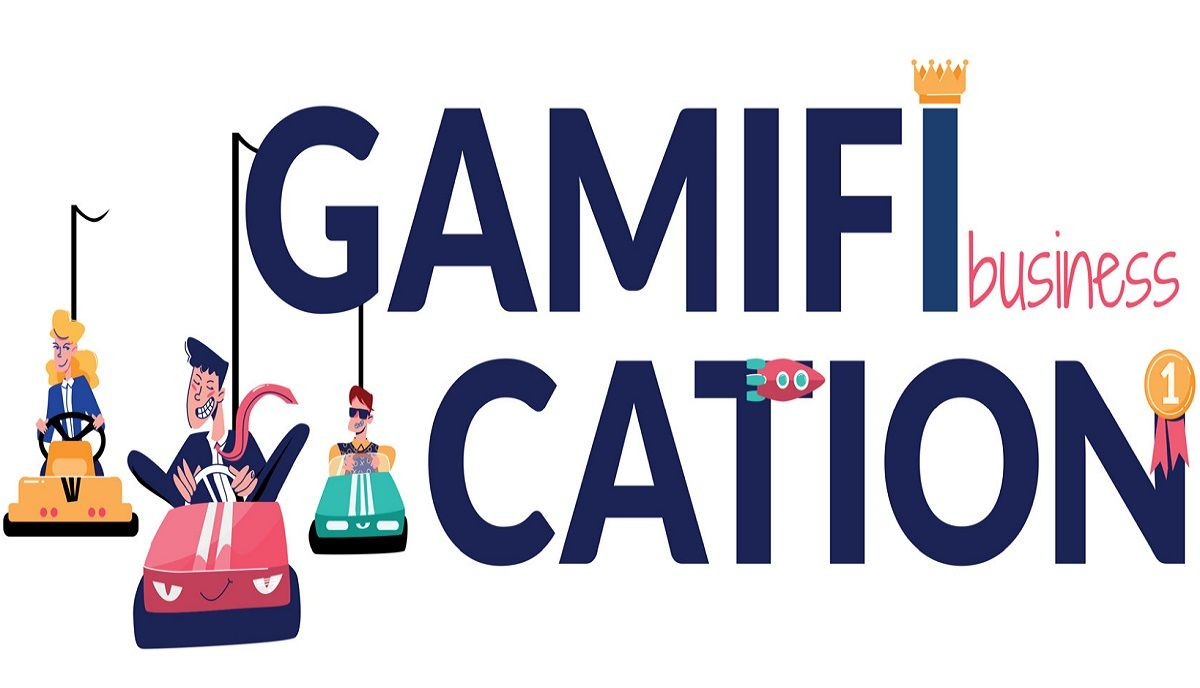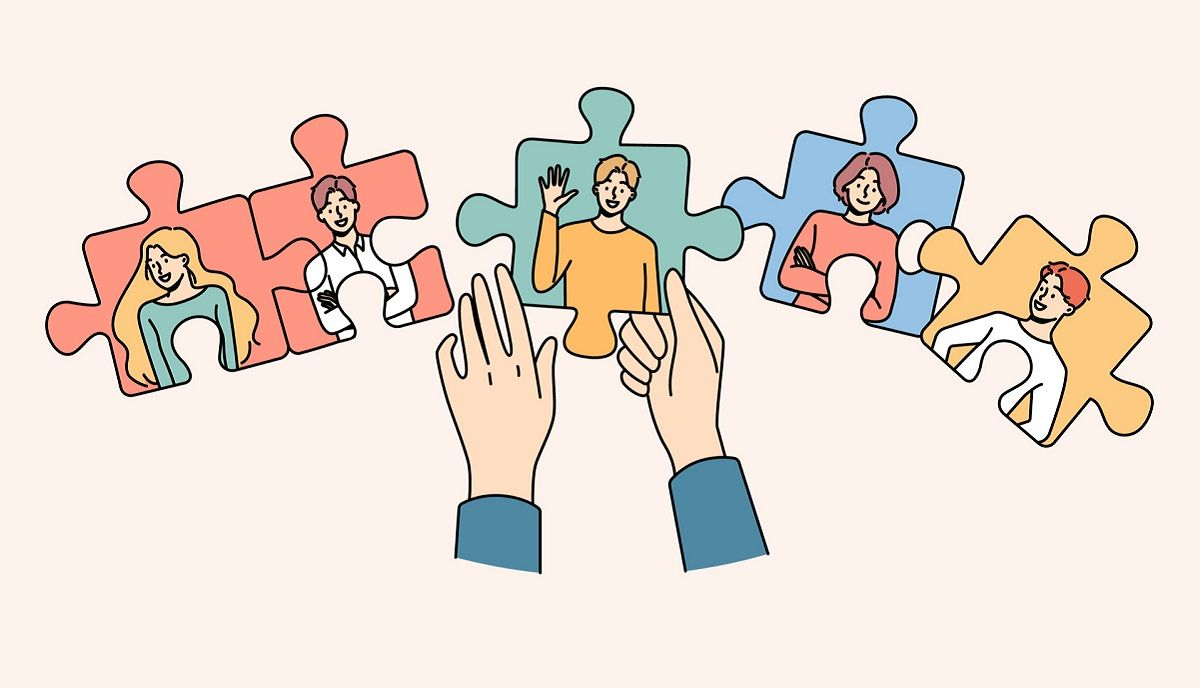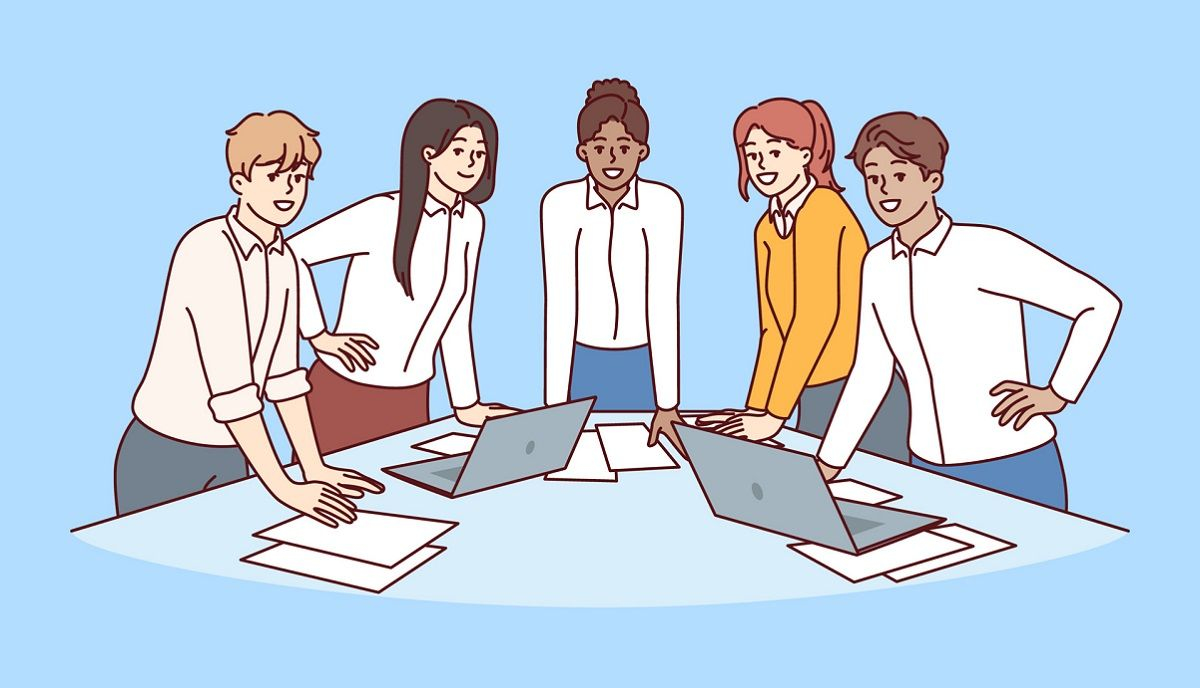Loyalty
The Complete Guide to Gamification in the Workplace: 7 Benefits & 10 Ideas
Gamification is the process of incorporating game principles and components into contexts that are not gaming-...


Weekly newsletter
No spam. Just the latest releases and tips, interesting articles, and exclusive interviews in your inbox every week.
Tags
Employee Retention
Gamification
Team Engagement
Authors
Daniela Andreevska
Daniela has 6 years of experience in digital marketing for ecommerce businesses.
Aws Alnabulsi
Aws is the Co-Founder of Coretava, a complete retail ecommerce growth platform. He has 6+ years of experience in managing and growing ecommerce businesses.
Carlos Guerberoff
Head de Parcerias na Coretava. Especialista em desenvolver e fortalecer relacionamentos estratégicos. Orientado para resultados e apaixonado por construir conexões duradouras.
Henrique Letoldo
Head of Sales na Coretava. Com vasta experiência em liderança de equipes comerciais, busca constantemente impulsionar o crescimento e maximizar resultados. Apaixonado por inovação e estratégias de vendas eficazes.
Aws Alnabulsi
CEO e fundador da Coretava. Visionário e empreendedor apaixonado, lidera a equipe com visão estratégica e inovação, buscando transformar o varejo através de soluções tecnológicas.
Gamification is the process of incorporating game principles and components into contexts that are not gaming-related to boost engagement, motivation, and productivity.
Workplace gamification has been around for decades, and the competition can be stiff in certain departments. It boosts productivity and general satisfaction.
Gamification in the workplace has begun to show promise for ecommerce organizations in particular in terms of increasing team members loyalty, enhancing employee efficiency, and spurring revenue development.
Rewards programs, leaderboards, and badges are a few examples of gamification in the workplace to instill a sense of competition, accomplishment, and recognition among staff members.
This can lead to improved levels of motivation, engagement, and productivity, which would eventually improve satisfaction and boost results across the entire company.
If you’re an ecommerce business wanting to know how to gamify your workplace, Core Teams offers an excellent solution. The platform boasts a variety of programmable tools and features designed to help companies develop and implement a gamification program tailored to their specific business requirements.
With Core Teams, you can easily turn boring work processes and requirements into enjoyable events through challenges and rewards for the benefit of both employees and the business as a whole.
Table of Contents
- What Is Gamification in the Workplace?
- What Are the Benefits of Gamification in the Workplace?
- 5 Best Gamification in the Workplace Examples
- 10 Ideas for Gamifying Your Workplace
- Core Teams: The Best Workplace Gamification Tool
- Gamifying Your Employee Experience
What Is Gamification in the Workplace?
Gamification in the workplace is the practice of integrating game mechanics and elements into non-gaming contexts to motivate, engage, and reward employees.
This can involve creating a sense of competition, achievement ,and recognition among employees through reward systems, leaderboards, and other gamification techniques.
Gamification has become increasingly important in recent years as businesses recognize the benefits of a more engaged workforce.
The gamification industry is anticipated to expand rapidly, with a CAGR of 24.8%, to reach $37.00 billion by 2027, according to Scorenotch. A Gallup survey found that firms with highly engaged workforces beat their competitors in terms of earnings per share by 147%.
Based on Acord data, a happy employee is up to 20% more productive, takes on average 15 less sick days a year, and is even more likely to have dramatically improved brain function.
While in the workplace, gamification can improve employee productivity, customer satisfaction, and overall business performance.
By incorporating gamification strategies into the workplace, businesses can create a positive and engaging environment that encourages employees to perform at their best.
AI in Gamification
In 2023, gamification will be significantly more impacted by artificial intelligence (AI) than ever before. Gamification will be more flexible with AI's predictive elements. It helps in the development of valuable employee insights that firms can utilize to understand what their employees really want and hope for so that they can look for the best way to implement it in the work environment.
One such example is Operator Training Simulators (OTS), which enable heavy machinery operators to study digitally in a realistic environment created by AI.
What Are the Benefits of Gamification in the Workplace?
By integrating game mechanics and elements into non-gaming contexts, businesses can create a more engaging and productive environment.
This leads to some very specific and quantifiable improvements, including:
1. Increased Employee Engagement
Gitnus reports that 90% of employees say that gamification makes them more engaged in their work. Greater knowledge retention increases employee engagement, motivation, and overall experience.
2. Enhanced Motivation
Gamification can provide a sense of achievement and recognition, which can motivate employees to perform at their best. This can easily result in higher productivity.
3. Improved Learning and Development
Businesses can empower their employees to take ownership of their learning process with game-like experiences, such as challenges, rewards, and leaderboards. This helps leverage the human inclination towards play and competition.
4. Higher Employee Retention Rates
As reported by LAX, 96% of employees prefer having gaming components in their duties, and 89% of employees would feel more involved in the workplace if there were gamified activities.
A gamified workplace can raise employee happiness by 89%, as highlighted by KnowledgeCity.
5. Increased Productivity
As employees are motivated to earn points or rewards, gamification leads to higher levels of productivity. This is also achieved through the overall increase in the level of satisfaction and fulfillment.
6. Better Customer Experiences
Aside from engaged and motivated employees, setting up feedback or rating from customers to reward the best customer support employees with points as part of the gamification process results in improved customer customer support. This, in turn, brings better customer satisfaction and customer loyalty.
7. Higher Revenue Growth
Game mechanics help first-year reps meet quota by 31% more often,, based on data from The Brooks Group. Gamification has the potential to inform and shape the behavior of your sales team, enhancing the existing incentives and encouraging collaboration.
5 Best Gamification in the Workplace Examples
Gamification in the workplace might be a new term, but it’s been around for decades, adopted by many companies to create an engaging and productive work environment.
Here are some examples of businesses that have successfully implemented gamification strategies in the most productive and successful ways:
1. Microsoft
The tech giant Microsoft implemented a gamification strategy in their sales department, using a leaderboard to track individual and team progress and incentivizing top performers with rewards and recognition.
2. Deloitte
The global consulting firm created a gamified learning platform called Deloitte Leadership Academy, offering employees a fun and interactive way to develop new skills and knowledge.
3. Google
The search engine giant Google has incorporated gamification elements into their hiring process, using puzzles and challenges to assess candidates' problem-solving and analytical skills.
4. T-Mobile
The telecommunications company T-Mobile uses gamification to improve their customer service, creating a system that rewards reps for resolving issues quickly and efficiently.
5. Cisco
The networking company Cisco implemented a game-based training program called The Network, which simulates real-world scenarios to help employees develop their skills and knowledge.
10 Ideas for Gamifying Your Workplace
Gamifying the workplace can have a significant impact on employee engagement, motivation, and overall performance. So, how do you get started to reap the potential benefits?
Here are 10 tips and ideas to motivate you to launch your own workplace gamification strategy:
1. Targets and Goals
Create a system where employees receive prizes for meeting certain objectives, such as exceeding a sales target or finishing a project earlier than expected.
Employees that surpass a company-set sales goal may be given rewards like gift cards or bonuses. Similar to this, a team that completes a project earlier than expected may be recognized in a company-wide meeting or given a reward with a team outing.
Employees are motivated to work harder and do their best work when they receive real benefits for their efforts and achievements.
2. Scoreboards
Making a leaderboard that tracks both individual and group performance is another successful gamification technique.
This enables employees to compare themselves to their peers and can inspire them to strive harder to outperform one another.
Both the company's internet portal and an open part of the workplace can display leaderboards.
3. Points System
Establish a points system where employees can earn points for completing tasks or demonstrating desired behaviors, and then redeem those points for rewards. Again, it’s important to offer concrete rewards for maximum inspiration.
4. Challenges and Contests
Employees can participate in challenges and contests to add a fun and competitive element to the workplace.
For example, a trivia contest can be held during lunch breaks, or a fitness challenge can be organized to encourage healthy habits.
These contests can be held regularly to maintain a consistent level of engagement among employees.
5. Feedback and Recognition
Provide employees with feedback and recognition for their performance, using a system that rewards positive behavior and achievement. Receiving regular feedback is crucial for ensuring that employees know how they are performing and how they can do even better, and it’s an ideal opportunity to gamify.
6. Personalized Learning
The personalization of learning experiences for employees uses gamification elements to make training and development more engaging and effective. This leads to both better learning results and more engagement.
7. Missions and Quests
Companies can set up missions and quests for employees to complete to make the experience feel more game-like.
A scavenger hunt requiring employees to locate specific items around the office or a puzzle challenge requiring them to solve a series of puzzles in order to finish a task can be set up. There are plenty of online examples of missions and quests too, for those working remotely.
These tasks and quests can be created to be finished alone or with a team, bringing a playful and cooperative element to the workplace.
8. Collaborative Challenges
Collaborative challenges, like team-building exercises or group projects, encourage teamwork and collaboration. This brings multiple positive effects.
9. Social Sharing
Gather a social sharing platform for employees to share their achievements, compete with each other, and celebrate successes. The success of social media proves the potential that this gamification idea holds.
10. Rewards and Badges
Recognizing employees who meet goals or perform above expectations with badges and rewards can go a long way in fostering a positive workplace culture.
The badges and rewards can be customized to align with the company's values and mission. They can be displayed on the company's intranet site or in the workplace to recognize employees' achievements.
Core Teams: The Best Workplace Gamification Tool
The Core Teams software platform is an ideal choice for businesses trying to increase employee engagement, motivation, and productivity. It's a gamification application created exclusively for the office.
In contrast to other gamification platforms, Core Teams has a variety of advanced capabilities that enable businesses to design unique gamification programs catered to their particular requirements.
Core Teams' ability to build leaderboards and monitor progress in real-time gives employees a way to gauge their performance and compete with one another.
The software also provides personalized feedback and acknowledgment, giving workers a sense of accomplishment and inspiration to keep doing their best work.
Features including quests, missions, and challenges, are also available through Core Teams, along with a point system that recognizes and rewards success and good behavior.
Design unique badges and awards using the platform and use them to motivate staff members and increase employee retention.
With Core Teams, companies can create engaging and effective gamification programs that boost employee engagement, motivation, and productivity.
Click here to get started today!
Gamifying Your Employee Experience
Gamifying your workplace can have a significant impact on team engagement, motivation, and overall performance.
By implementing gamification strategies such as incentivizing goals, creating leaderboards, offering personalized feedback, and providing rewards, companies can create a more engaging and enjoyable workplace experience for their employees while achieving goals in sales and customer satisfaction.
To achieve the best results, companies should consider using a trusted gamification tool such as Core Teams.
With its advanced features, customization options, and ability to integrate with existing systems, Core Teams is the best workplace gamification tool on the market.
Check out Core Teams and create tailored gamification programs to boost your business now!
Related Posts

Ready to Transform Your Retail Strategy?
Get a personalized consultation with our retail AI experts
Resources
Contact Us
+1 (415) 830-3900
info@coretava.com
Location
San Francisco, California


